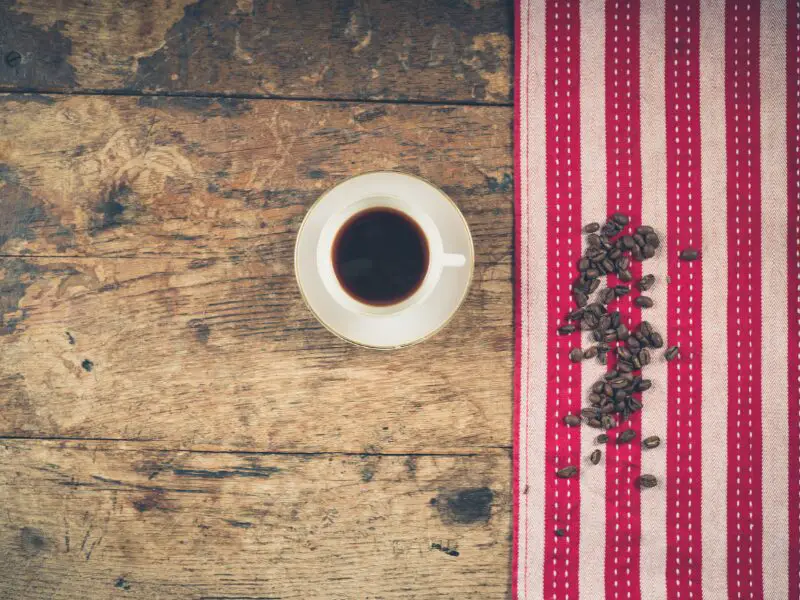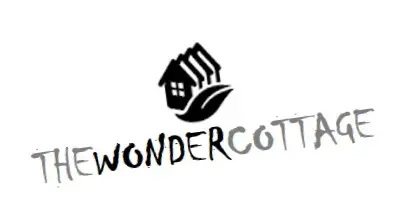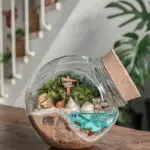Everybody loves a good origin story. The kitchen alone has many interesting accessories with good origin stories, even the simplest and unassuming tools like a tea towel.

Tea towel origin stories
Theory Number One
Considering the simplicity, practicality, and valuable daily function of tea towels, and the fact that silverware, knives, pans, and pots have barely changed since the time of the Romans, it is not far-fetched to think that the history of tea towels goes a long way. However, it was only during the increased availability of textiles and mass sewing in 18th-century Britain that the humble tea towel became a common household item.
The commonly accepted origin theory behind the name is its association with tea. Back in the day, tea was served in the afternoon. Hostesses use a thin, soft fabric to wipe and dry the tea set and cups after washing. Hence the name, tea towel.
The original tea towels were made of linen, a fibre from the flax of linseed plants. They were incredibly soft and highly absorbent, making them ideal for drying expensive bone china, which is the tableware and teaware preferred by the English upper classes.
And when hostesses are not drying team pots and tea cups, they embroider these towels with beautiful imagery and pass them down through generations. As a result, tea towels became an heirloom.
Over time the term became synonymous with any piece of cloth used in the kitchen and dining room.
Theory Number Two
Another theory also suggests these towels were first used for drying tea leaves. The tea leaves were thoroughly washed to remove dirt, dust, and other particles. Before the tea bag was invented, people placed loose tea leaves straight into the pot and brewed them with hot water.
As soon as the tea is brewed, they remove it from the pot and place it on a strainer or sieve to remove excess water. Then they put the loose tea leaves on a cloth or towel and spread them to dry. They refer to this cloth as a tea towel.
Related Posts
Tea towels today
As with most things, tea towels have evolved from exclusively cleaning tea ware and preparing for tea ceremonies. Linen and kitchen towels serve multiple purposes. They are now used for cooking, drying, and wrapping food, cleaning kitchens and dining surfaces, and drying kitchenware, glassware, and utensils in households and restaurants.
People also treat tea towels as novelty items and décor pieces for the kitchen and dining rooms. Many personalise their towels with beautiful colour palettes, patterns, and designs to suit the theme of their dining area.



